READY TO GET STARTED?
REQUEST A FREE ESTIMATE
Fill out the form below or call (888) 466-7849 for a free, no-obligation estimate.
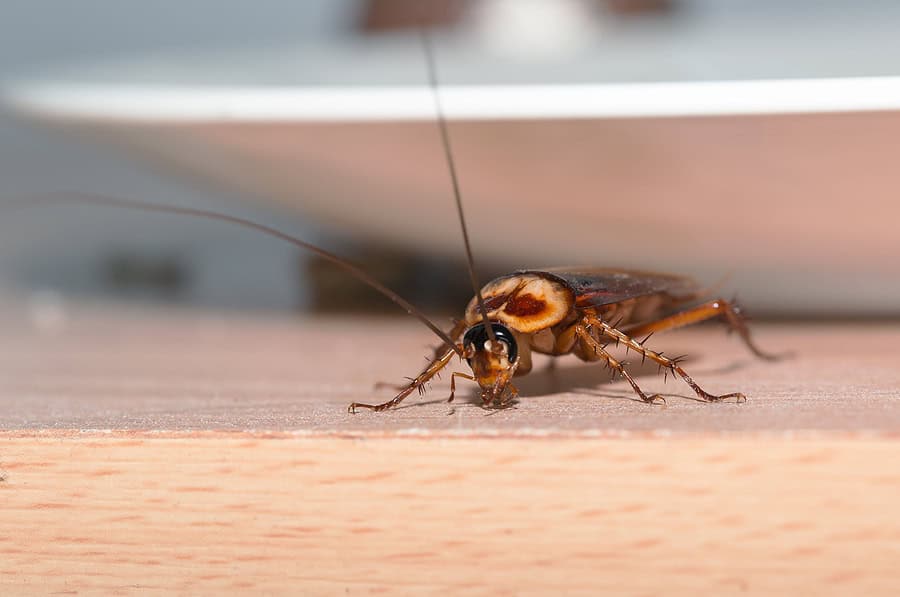
Cockroaches are resilient pests that thrive in Miami’s warm and humid climate. Understanding the types of roaches in Miami and what attracts them can help residents manage these unwelcome guests effectively.
Roaches are a common nuisance in Miami, thriving in both urban and natural environments. The city’s mix of heat and moisture creates perfect breeding conditions, making awareness and proactive management essential.
Understanding their habits is crucial for homeowners. Roaches are nocturnal, which means they’re more active at night, making them harder to spot during the day. Regular inspections of your home can help catch an infestation early. Look for droppings, egg cases, and the musty odor they often leave behind.
By staying vigilant and implementing preventive measures, such as sealing entry points and maintaining cleanliness, you can significantly reduce the likelihood of a roach invasion.
The tropical climate and abundant food sources contribute to Miami’s roach problem. With plenty of hiding spots and easy access to water, cockroaches find ideal living conditions in kitchens, bathrooms, and cluttered areas.
Additionally, the warmth and humidity of the region create a year-round haven for these pests, making it crucial for homeowners to stay proactive. By maintaining a clean and organized environment, you can significantly reduce the chances of attracting these unwelcome pets into your home.
Roaches carry bacteria such as Salmonella and E. coli, which can contaminate food and surfaces. They also produce allergens that can trigger asthma and allergies, particularly in sensitive individuals. The presence of these pests not only poses health risks but can also lead to increased anxiety for homeowners, as the thought of sharing space with roaches is unsettling.
Additionally, roaches can reproduce rapidly, turning a small problem into a significant infestation in a short time. Their ability to squeeze through tiny cracks and crevices means that they can easily invade homes, making early detection and prevention even more crucial. By maintaining a clean environment and addressing any signs of an infestation promptly, you can help protect your family’s health and ensure a more comfortable living space.
Sanitation: Keeping kitchens and bathrooms clean is crucial in deterring roaches. Wipe down surfaces regularly, ensuring that crumbs and spills are promptly cleaned. Store food in airtight containers to prevent access, and don’t forget to seal pet food as well. Regularly empty trash bins, ideally daily, and ensure that garbage is stored in sealed containers. This minimizes the attractive scents that can draw roaches into your home.
Seal Entry Points: Roaches are experts at squeezing through the tiniest of openings. Use caulk to close gaps and cracks around windows, doors, and the foundation of your home. Pay special attention to areas where plumbing and electrical lines enter the building, as these can often be overlooked but serve as highways for pests. Installing door sweeps can also help roaches and other household pests
Reduce Clutter: A tidy environment is less inviting to roaches. Declutter your living spaces, especially basements, attics, and storage areas where boxes and unused items can create cozy hiding spots. Keep items off the floor and use clear bins for storage, allowing you to quickly spot any signs of an infestation. Regularly checking and organizing these areas not only keeps your home looking great but also helps you stay one step ahead of any potential roach issues.
Using traps, baits, and insecticidal sprays can help manage infestations, but hiring professional pest control is often the most effective solution. Pest experts in Miami understand the unique challenges posed by the local climate and can address infestations comprehensively and quickly.
Roaches are a persistent challenge for homeowners, especially given the city’s warm, humid environment that fosters their growth. However, with proactive measures and professional help, they can be managed effectively. Stay vigilant and maintain cleanliness to keep your home roach-free. If you encounter a roach problem, don’t hesitate to reach out to local pest control experts for tailored solutions for your roach problem. With the right approach, you can reclaim your space from these unwelcome intruders.
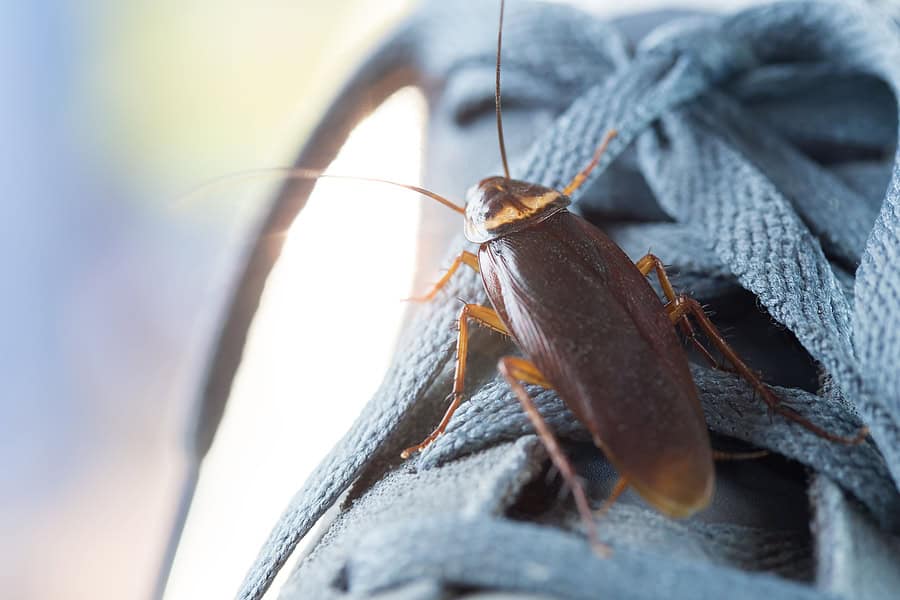
The last thing you want to see is a cockroach scurrying across your kitchen floor, but unfortunately, Fort Myers’ warm and humid climate is a haven for these unwelcome guests! Luckily, knowing which types of roaches are most common in Fort Myers homes can help you keep them out of your home and know what action to take if you spot one!
The American cockroach, also known as the “Palmetto Bug”, is one of the largest roaches you’ll find in Florida. These bugs can grow up to 2 inches long and are a reddish-brown color. You’ll often find them in dark, damp places like exterior ornamental areas, sewers, and under appliances. They’re not picky eaters and will consume anything from food crumbs to decaying matter.
German cockroaches are small but mighty. Measuring about ½ inch long, these light brown roaches are the most common species to invade homes. They multiply fast, so spotting one could mean there’s already an infestation. They love warm, humid areas, especially kitchens and bathrooms, where they can find food and water easily.
Brown-banded roaches are about the same size as German cockroaches but have distinctive brown bands across their wings. Unlike other roaches, they prefer drier areas and are often found in living rooms or bedrooms – even inside our furniture! They also tend to hide in high places like shelves and cabinets.
Cockroaches are more than just creepy—they can carry bacteria and trigger allergies. Here are a few more tips to keep them out of your Florida home:
While roaches are a common pest in Fort Myers, taking steps to keep your home clean and less attractive to them can make all the difference! If you notice signs of an infestation, consider calling your local pest control company near you to help get things under control. These professionals will provide you with a thorough inspection, determine entry points, and recommend the best treatment and prevention plan for your roach situation.
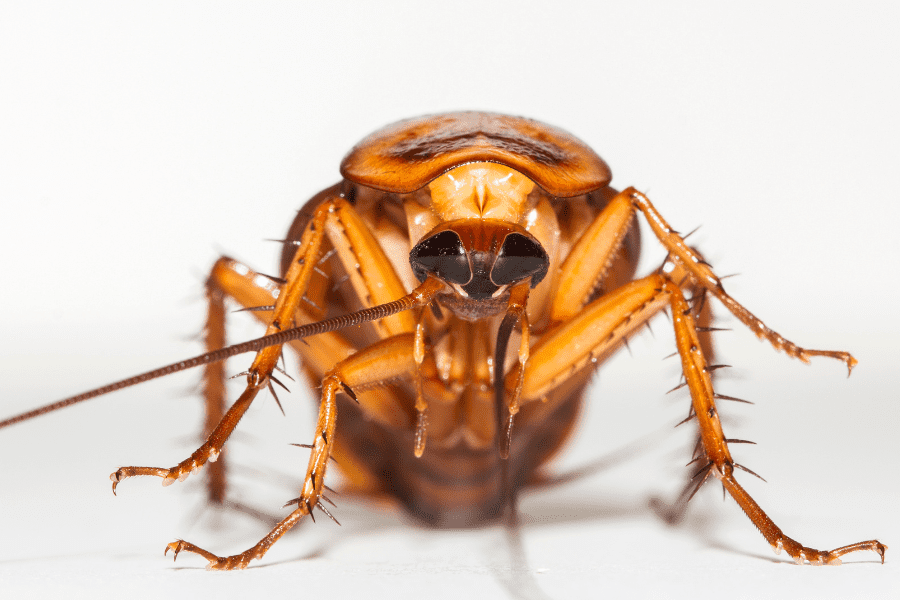
Having an influx of roach activity in your home is never ideal! Cockroaches are year-round pests and are known for their rapid rate of multiplying. The most common roaches found in Augusta homes include the American roach, German roach, and brown-banded roach. Once these roaches have invaded, it can be extremely difficult to get rid of them. Whether you see one roach, multiple roaches, or want to get ahead of the prevention game, consider these cockroach prevention tips below!
To survive, roaches need water and food, typically looking to our homes to search for both. The best way to discourage them from entering is to eliminate their food and water sources. After you’ve cooked or had a meal, it’s important to clean up all the dishes, washing them and putting them away instead of leaving them out at night. Likewise, clean up any leftover spills and crumbs from your meal as soon as possible. Don’t forget to clean your appliances too, as well as wiping down your stovetop, as roaches prefer areas with warmth and the likelihood of spilled food.
Using their small bodies, roaches will enter homes through the smallest gap, hole, or crevice. At least once a year, consider inspecting your windows, doors, foundations, roof, attic vents, crawlspace vents, and even electric, gas, and plumbing lines for points of entry. A good rule of thumb is if you can see daylight shining in, roaches can get inside! Utilize caulk to seal smaller holes and steel wool or foam for larger holes. Consider utilizing a chimney cap and attic vents too.
Moisture provides roaches with a reason to infest, making it essential to eliminate it. These pests only need a small amount to survive. While you’re inspecting for roach entry points, make a note of any leaking faucets, sinks, or pipes and repair them as soon as possible. Likewise, don’t forget to check behind appliances like your refrigerator for excess moisture. Also, consider enclosing your crawlspace to help control moisture underneath your home.
While placing preventative measures around your home can deter roaches away, sometimes it’s best to call a professional for some extra help. If you’ve noticed roaches on your property or are looking to prevent them before they infest, consider contacting your pest control company. These professionals can thoroughly inspect your home, identify the type of cockroach present, identify areas of entry, and provide you with the best treatment and prevention options!
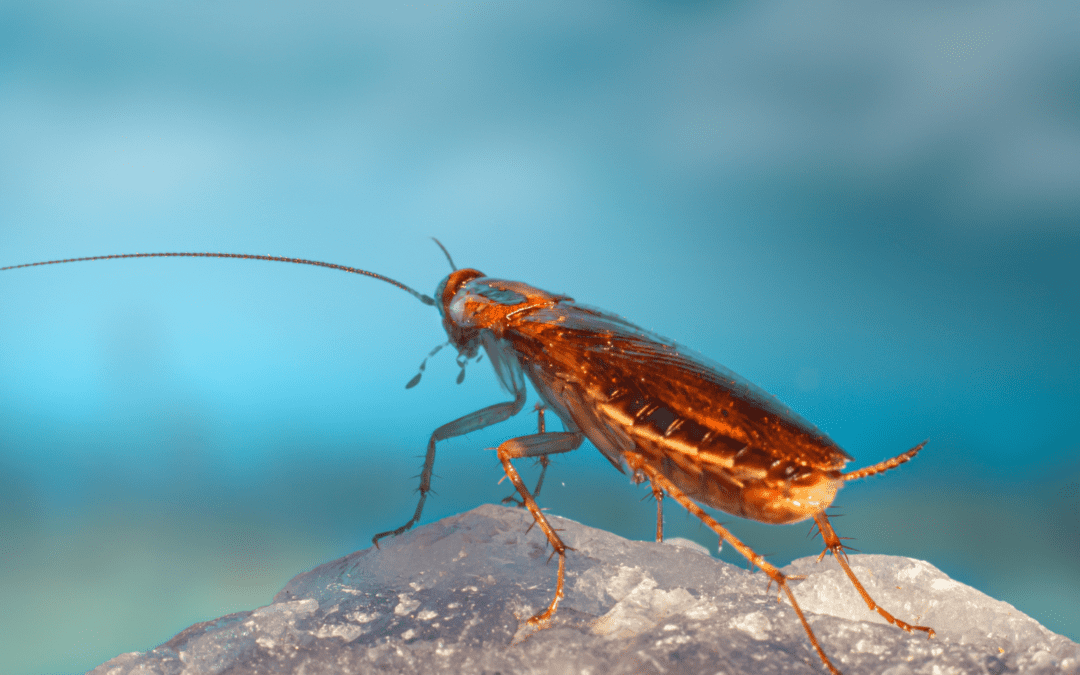
It’s never ideal to encounter cockroaches in your home. If you do, it’s best to know what types of cockroaches you’re dealing with to help determine the best way to eliminate them. Failing to remove these pests can lead to unpleasant outcomes, like allergies, that can potentially increase your chances of getting asthma.
We have broken down the three most common cockroaches found in the south and how to keep them away; let’s check it out!
This large out-of-the-house infesting roach can get up to 1.5 inches in length. These roaches develop wings towards the end of their life cycle, with males having some longer than their bodies. You can usually identify them by the yellow band located behind their head.
The American cockroach can typically be found where food is abundant. They also prefer drains that aren’t used as often. In the wild, they prefer dark or damp wood piles.
One of the most common species found worldwide, the German cockroach is generally light to dark brown and has two stripes near the back of its head. This species does have wings. They prefer dark, moist places. Since they don’t do well in the cold, they thrive in the southern climate.
This species first entered the U.S. in 1903 and is now found nationwide. The brown-banded cockroach got its name from the two light brown bands that appear across its wings. They prefer warmer, drier, and higher locations in a room and can be found mostly in cabinets and behind picture frames. This species will typically hide its egg cases in or underneath furniture.
While prevention can help keep cockroaches away, sometimes it’s best to get a professional involved. A local pest control company will be able to inspect your home and provide you with the best treatment and prevention plan going forward.
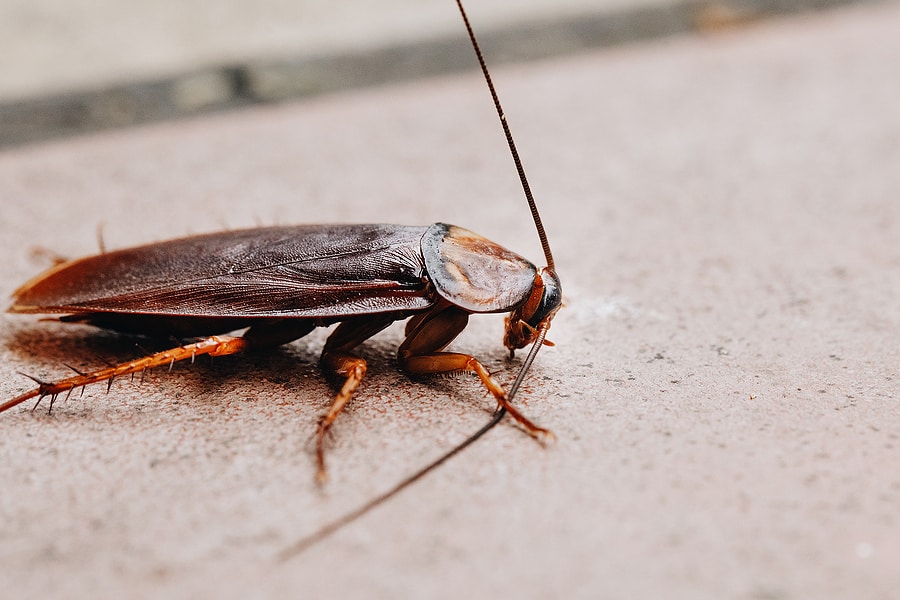
The cockroach might just seem like a creepy, annoying nuisance, but it can cause more damage than expected. Cockroaches transmit over 30 different kinds of bacteria – E. Coli, Salmonella, and more. In addition to this, they can also trigger asthma and allergy attacks as their droppings, saliva and shed skin contain allergens that increase asthma symptoms, especially in children.
As one of the most common household pests, it’s important to keep roaches under control to lessen the effects they cause. Here we breakdown the types of cockroaches you could be seeing in your home and how you can prevent them in the future.
While prevention can help keep cockroaches away, sometimes it’s best to get a professional involved. A local pest control company will be able to inspect your home and provide you with the best treatment and prevention plan going forward.